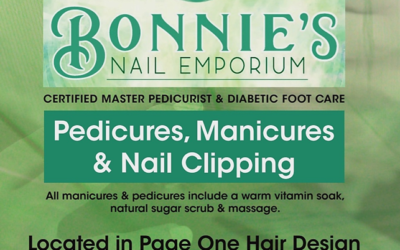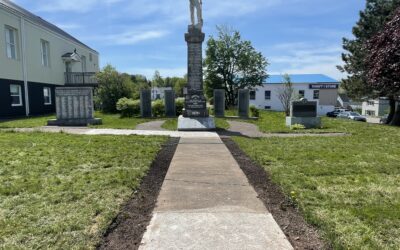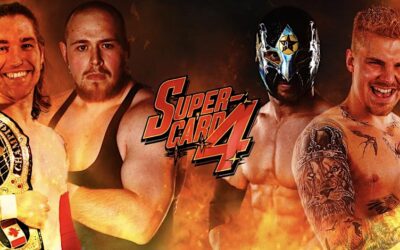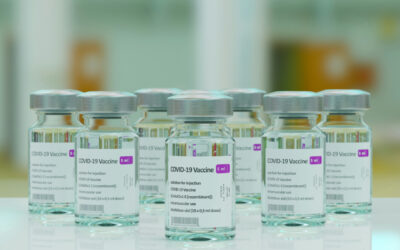The Healing Touch of Mangala
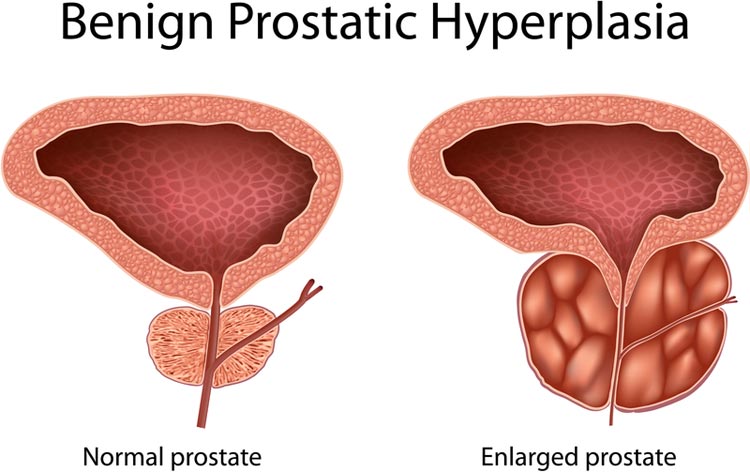
Do you suffer from prostate issues? Are you frequently urinating? Are you having difficulty sleeping because you get up so often to go to the bathroom? Do you have a difficult time getting back to sleep? Do you dribble over your pants and underwear? Do you go to the toilet to urinate and have to go again five minutes later or less? Are you tired of this and wish there was a way to eliminate this problem? The symptoms described in this paragraph were the symptoms I wrestled with for a few years, and it was getting worse. My sleep was interrupted every night to go to the bathroom at least twice, or more often. It was a terrible existence!
My research assistant, Ethan, did some research on the topic, and here is what he found:
According to the latest available statistics, in Canada, an enlarged prostate, also known as benign prostatic hyperplasia (BPH), is a common issue affecting many men, especially as they age. Here are some key statistics:
- Prevalence: By age 60, about 50% of men will have BPH, and by age 80, nearly 90% will have the condition. (Source: Ben’s Natural Health)
- Global Prevalence: In 2019, there were approximately 79 million prevalent cases of BPH globally in individuals aged 60 and older. This marks a 119.01% increase since 1990. (Source: Ben’s Natural Health)
- Age-Specific Prevalence: BPH prevalence increases significantly with age, peaking in the 75-79 age group at 24,324.8 cases per 100,000. (Source: Ben’s Natural Health)
- Regional Prevalence: The United States, China, and India have the highest cases, with Eastern Europe, Central Latin America, and Andean Latin America also showing high rates. (Source: Ben’s Natural Health)
- Complications and Hospitalization: Untreated BPH can lead to several severe complications, including urinary retention, urinary flow impairment, increased risk of urinary tract infections, and kidney damage. (Source: Ben’s Natural Health)
- Mortality Rate: BPH is generally not considered a direct cause of mortality, but it can significantly impact quality of life. (Source: Ben’s Natural Health)
- Healthcare Costs: The global BPH drug market reached $5.34 billion in revenue by 2021. (Source: Ben’s Natural Health)
- Treatment Options: Various treatment options are available, including medications, minimally invasive treatments, and surgery. (Source: Ben’s Natural Health)
- Impact on Quality of Life: BPH can significantly impact a man’s quality of life, causing urinary symptoms, sleep disturbances, and emotional distress. (Source: Ben’s Natural Health)
These statistics highlight the importance of early detection, treatment, and management of BPH to improve the quality of life for affected men.
Here are Western Treatment Options for BPH or Enlarged Prostate:
The Western medicine approach to alleviating an enlarged prostate, also known as Benign Prostatic Hyperplasia (BPH), involves a range of treatment modalities. These can be broadly categorized into lifestyle modifications, medications, minimally invasive therapies, and surgical interventions. Here’s a comprehensive list of Western healing modalities for BPH:
Lifestyle Modifications
- Dietary Changes: Eating a healthy diet rich in fruits, vegetables, and whole grains, and avoiding foods that can irritate the bladder, such as spicy or acidic foods.
- Fluid Management: Drinking plenty of water and limiting fluid intake in the evening to reduce nighttime urination.
- Exercise: Engaging in regular physical activity to improve overall health and reduce symptoms.
- Stress Management: Practicing stress-reducing techniques like meditation, yoga, or deep breathing exercises to help manage symptoms.
Medications
- Alpha-Blockers: Relaxing the muscles in the prostate and bladder neck to improve urine flow. Examples include doxazosin, terazosin, tamsulosin, and alfuzosin.
- 5-Alpha-Reductase Inhibitors: Slowing down the growth of the prostate by blocking the conversion of testosterone to dihydrotestosterone (DHT). Examples include finasteride and dutasteride.
- Combination Therapy: Using a combination of alpha-blockers and 5-alpha-reductase inhibitors for more effective symptom relief.
- Phosphodiesterase Inhibitors: Treating erectile dysfunction and BPH symptoms. Examples include sildenafil, tadalafil, and vardenafil.
- Anticholinergics: Reducing urinary frequency and urgency by relaxing the bladder muscle. Examples include oxybutynin and tolterodine.
Minimally Invasive Therapies
- Transurethral Microwave Thermotherapy (TUMT): Heating the prostate tissue to reduce its size.
- Transurethral Needle Ablation (TUNA): Using radiofrequency energy to heat and destroy excess prostate tissue.
- High-Intensity Focused Ultrasound (HIFU): Focusing ultrasound waves to heat and destroy prostate tissue.
- Prostatic Urethral Lift (PUL): Placing small implants to lift and hold the prostate tissue away from the urethra, relieving obstruction.
- Rezūm Water Vapor Therapy: Using steam to destroy prostate tissue, reducing its size.
- Aquablation: Using a high-velocity water jet to remove excess prostate tissue.
- Laser Therapy: Using various laser types (e.g., holmium, thulium, or green light) to vaporize or enucleate excess prostate tissue.
Surgical Interventions
- Transurethral Resection of the Prostate (TURP): Removing excess prostate tissue through the urethra using a resectoscope.
- Open Prostatectomy: Removing the prostate gland through an open surgical incision.
- Laser Prostatectomy: Using a laser to remove excess prostate tissue through the urethra.
- Holmium Laser Enucleation of the Prostate (HoLEP): Removing excess prostate tissue using a holmium laser.
- Thulium Laser Enucleation of the Prostate (ThuLEP): Removing excess prostate tissue using a thulium laser.
- Prostate Artery Embolization (PAE): Blocking the blood supply to the prostate to reduce its size.
- Convective Water Vapor Energy Ablation Therapy: Using water vapor to destroy prostate tissue.
Other Western Approaches
- Watchful Waiting: Monitoring symptoms and adjusting treatment as needed.
- Urodynamic Testing: Evaluating bladder function to determine the best course of treatment.
- Catheterization: Temporarily inserting a catheter to drain the bladder in cases of urinary retention.
When I called my GP and told him about the issues I was having with my prostate, he didn’t offer me any help with it. I had no relief. He made a joke about something, but didn’t offer any solution. This was a terrible time in my life. What was I going to do? If you examine the above solutions, you will see that some involve procedures that may be irreversible for our prostates. Pharmaceutical medication may help it, but will it heal it? How costly is it?
Over a year ago, I approached a man named Mangala Ranasinghe, who suggested I take an herbal product to help me with my enlarged prostate. I started taking it, and by the second bottle, about a third of the way through it, I noticed I wasn’t going to the bathroom to urinate five minutes after going pee anymore. Little did I know that this product removed every symptom of having an enlarged prostate. Mangala advised me that in a few more months, my prostate will be completely healed. I can go to bed around 10 pm, get up at 6 am, and sleep through the night. My stream is good; no more dribbling. I urinate once, and that’s it; no more trips to the bathroom five minutes later. And the cost of treating this condition was minimal. Much less than the products you see advertised on social media platforms. Not only that, but Mangala saw to it that I was healed of it!
If you suffer from the symptoms I described earlier and would like to get help for what ails you concerning an enlarged prostate, please contact Mangala. His phone number is based in Ontario:
You can email him at:
healingtouchholistic@gmail.com
If you’re cranky, I understand. It’s a terrible condition to suffer from. Contact Mangala and see what he can do for you.

